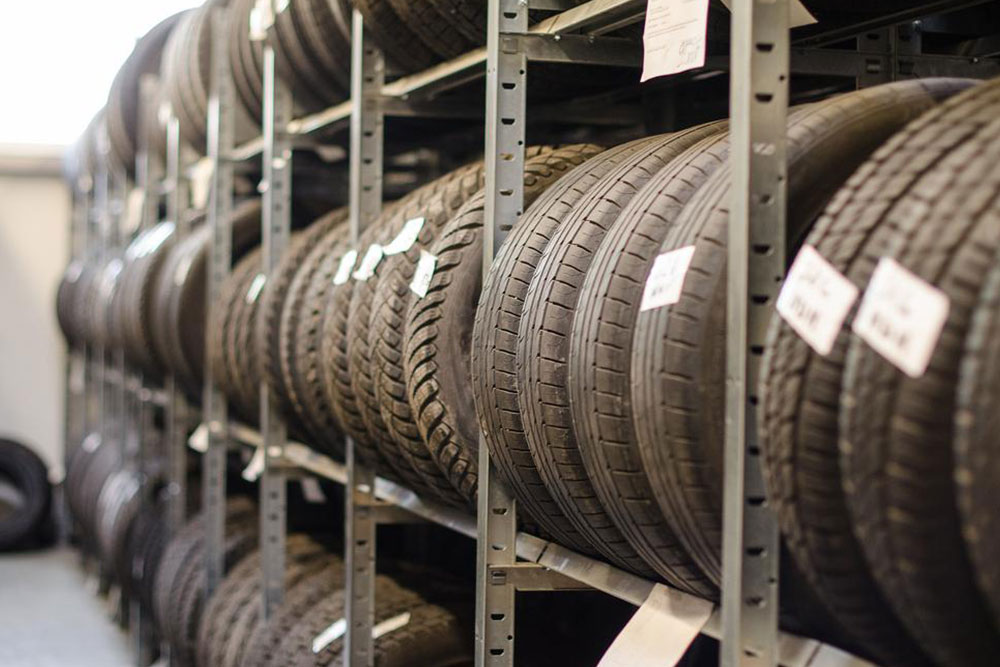The Evolution of Modern Tire Technologies
This article explores the evolution of tire technology from the early pneumatic designs to modern steel-belted and tubeless innovations. Key milestones include the introduction of radial tires and high-performance options, revolutionizing vehicle safety, handling, and efficiency. The industry’s constant development enhances driving experiences and vehicle performance.

The Evolution of Modern Tire Technologies
Pioneering the development of pneumatic tires, French inventors André and Edouard Michelin set the stage for modern tire advancements. Their innovations gained attention during the 1895 Paris-Bordeaux race, establishing Michelin as a leader in European tire manufacturing. Regulations later shifted focus from solid tires to air-filled designs with layered fabric and rubber reinforcements, improving ride quality and durability.
For nearly five decades, bias ply tires with diagonal rubber cords dominated the industry. In 1948, Michelin introduced steel-belted radial tires, where steel cords run perpendicular to the rim, providing better fuel efficiency, longer tread life, and improved handling. These innovations required adjustments in vehicle design and manufacturing processes.
While conventional radial tires use rayon, polyester, or nylon cords, their use is not advisable for vehicles originally built for bias ply tires due to suspension differences. American automakers were initially cautious about adopting radials, but by the 1960s, radial tires became widespread in Europe and globally, transforming the industry.
In the 1970s, Pirelli launched high-performance, low-profile radial tires, pushing advancements further. The arrival of tubeless tires by BFGoodrich in 1955 enhanced safety and ride comfort, despite early technical challenges in regions like the UK and South Africa. Today, these integrated tires offer smoother rides and increased safety for drivers worldwide.


